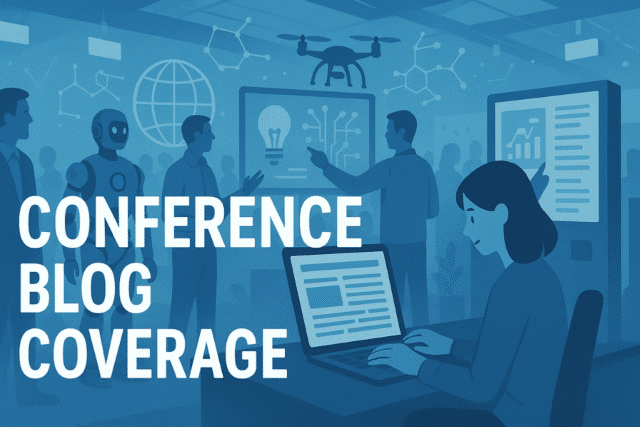Tech Innovation Heads in Exciting Directions

We’re in a highly exciting time for technology innovation in foodservice distribution, and everyone seems to have their own list of the most interesting directions.
One veteran industry executive provided us with his own list. Mike Peterson, director of Information Technology, Kohl Wholesale, said he is most interested in how technology will improve aspects of the business including warehouses and supply chains.
“I am watching how technology will transform the warehouse to make best use of slot sizes, pick paths, inventory levels, and getting items from the slot location to the trucks,” he said. “With the devices and infrastructure, we have today, there’s a significant amount of data that is collected or is possible to collect. With the help of integrated systems and AI technology, I am confident there will be major changes in distribution centers in the next five years.”
On the supply chain front, Peterson is interested in how technology will enable better supply chain integration — from forecasting demand to tracking purchase orders from vendors and outbound orders to customers. The opportunities include enhancing the level of information provided to various stakeholders.
“Many distributors have systems with varying levels of integration both with internal systems and external third parties,” he observed. “Producers, suppliers and consumers are all wanting more information, whether lead times, nutrition information, or shipment status. As we progress into the future, those demands will not decrease. There will be high expectations of product, delivery and preparation information.”
Peterson, who will be attending the upcoming IFDA Solutions Conference, said AI will play important roles in accelerating capabilities, but that the industry will need to focus on strategies to enhance its success.
“AI can analyze datasets and produce conclusions far quicker than any human on a variety of datasets,” he began. “In the current state of AI (and likely in the future as well), the technology needs to be fact checked. One has to ask the right questions and guide the AI language model to give it the data it needs to come up with an answer and solve a problem. Underlying knowledge is still required to validate and make sure the LLM is not ‘hallucinating.’”
Finally, we asked Peterson how an organization can ascertain whether an innovative technology will perform well in real-life situations. He said there isn’t a single answer, but that it depends on whether other organizations have already implemented the innovative technology.
“If others have implanted it, reading about other people’s experiences, reviewing the pros and cons, and analyzing their environment will help determine if something has potential or is a money pit.”
On the other hand, if an organization plans to be a pioneer in working with an emerging technology, the best approach is different.
“If we attempt to do something that no one (that we are aware of) has done before, we will make a plan or even storyboard the process,” he explained. “If it still seems to make sense, we will see if there is a way to pilot it to a limited audience. If that goes well, we will roll it out further and gather feedback along the way. This process is not especially fast, but rather iterative and a bit methodical, with the intent of not disrupting our current processes.”
The IFDA Solutions Conference will help further spotlight the latest technology trends through event features such as education sessions and the conference expo.
Article authored by freelance writer David Orgel.

